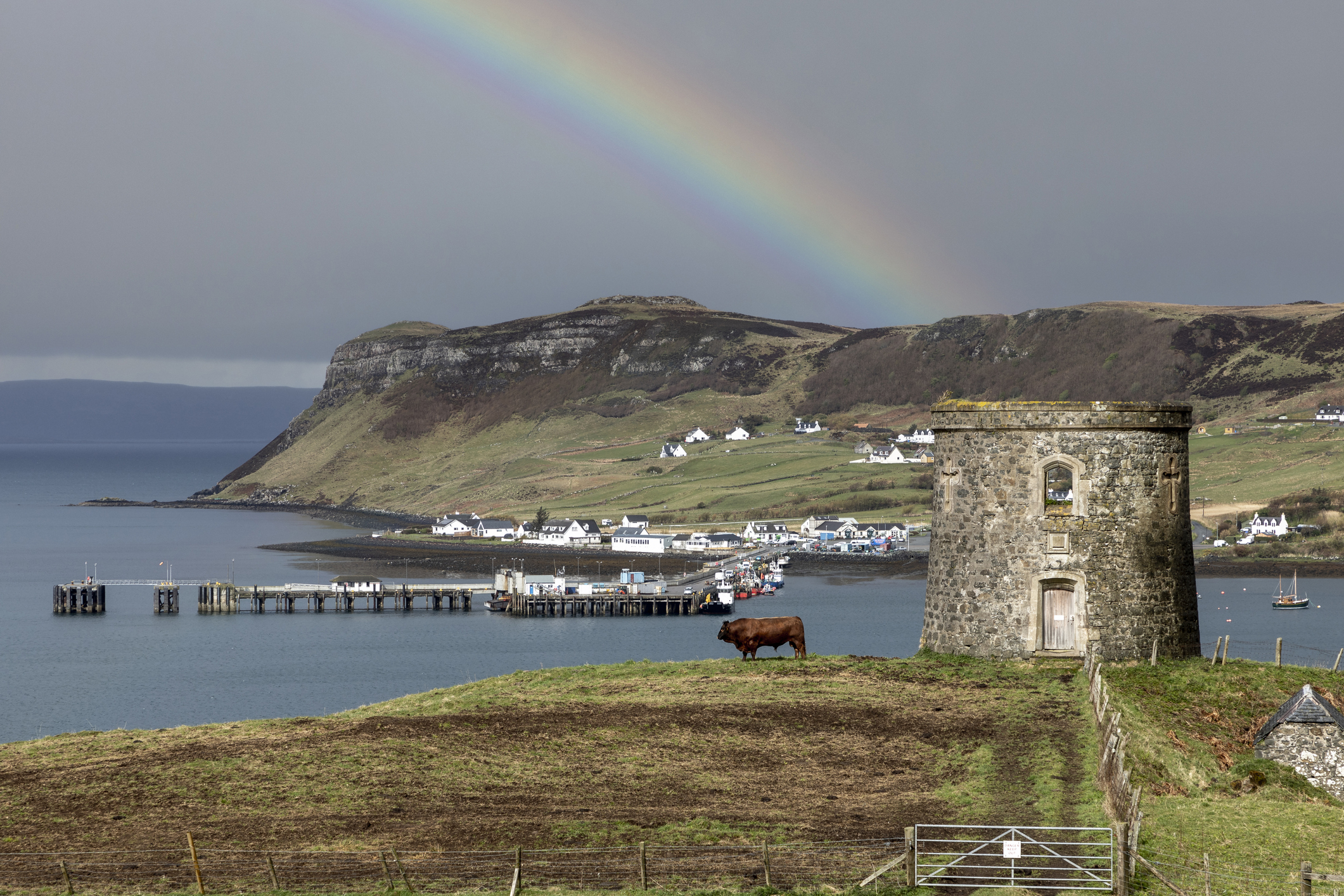Blue-Green Algae Risk

High levels of blue-green algae have been confirmed in Uig bay on Skye.
We have had reports confirming elevated concentrations of blue-green algae in Uig bay on the Isle of Skye, with the potential to cause toxic blooms in the water.
Blue-green algae describe a group of bacteria called cyanobacteria and while they are usually green or blue-green in colour they may also be khaki, black or red. When present in high concentrations, colonies of cyanobacteria can be seen with the naked eye. They may resemble fine grass cuttings or take the form of small irregular clumps or pinhead-sized spheres. Cyanobacteria in high concentrations in the water column can form ’blooms‘ and, when blown on to a downwind shore, form scums which can be up to a few centimetres thick.
Sunny weather and evaporation increase the electrolyte concentration of water, particularly in shallow areas such as shorelines, lochs and river margins, favouring blooms. Areas of fertiliser run-off with high K and N are also at risk. Microcystis aeruginosae is the most common species implicated and produces toxins which damage liver cells. Clinical signs can include colic, haemorrhagic diarrhoea, and death. Photosensitisation may occur secondary to less severe liver damage. Pay particular attention in field with ponds and also fields grazed for the first time after silage, where water troughs may not have been used yet this year.
These blooms are also hazardous to pets and humans, and particular care should be taken where dogs play in high-risk water. While this alert is specific to Uig bay, weather conditions in recent weeks have been conducive to bloom formation across much of the Highlands, so you may wish to communicate the elevated risk to both livestock and companion animal clients.
Posted by SRUC Veterinary Services on 01/07/2021
